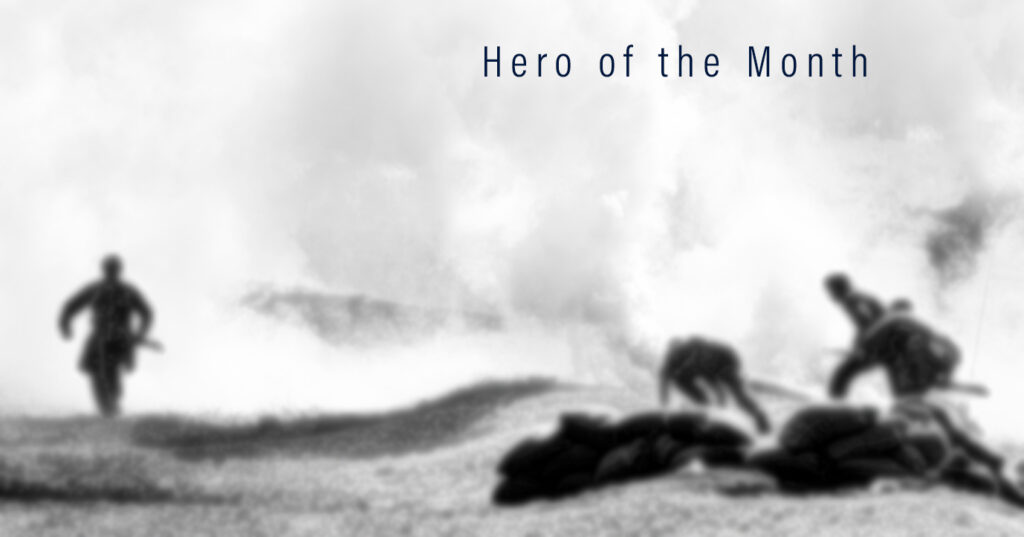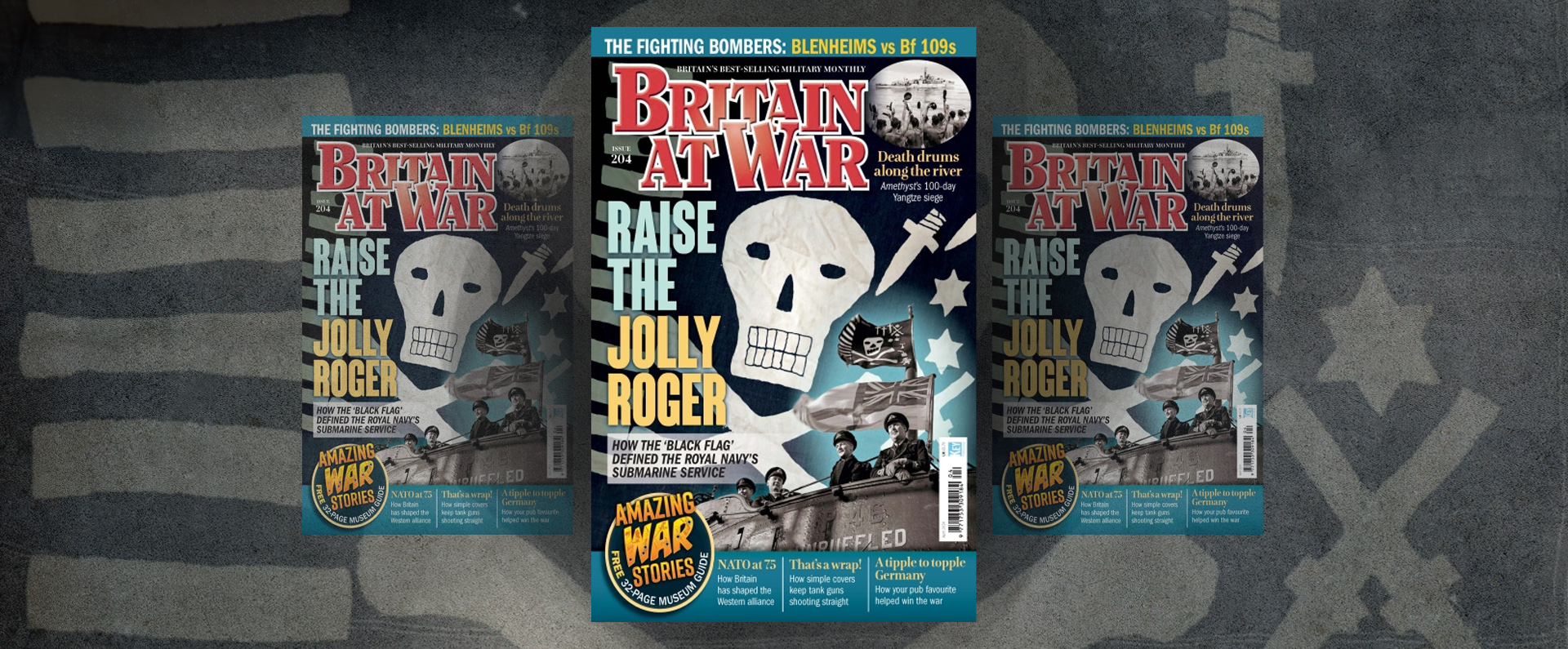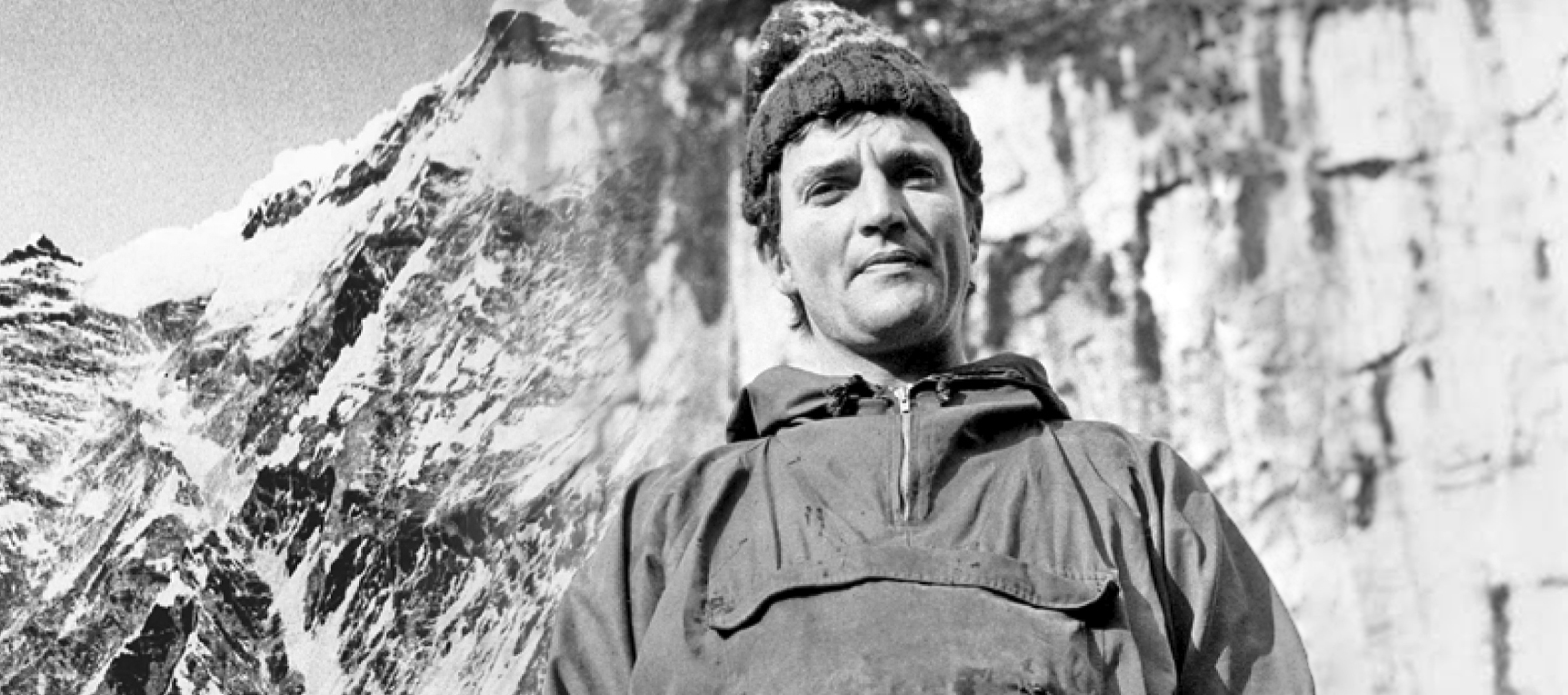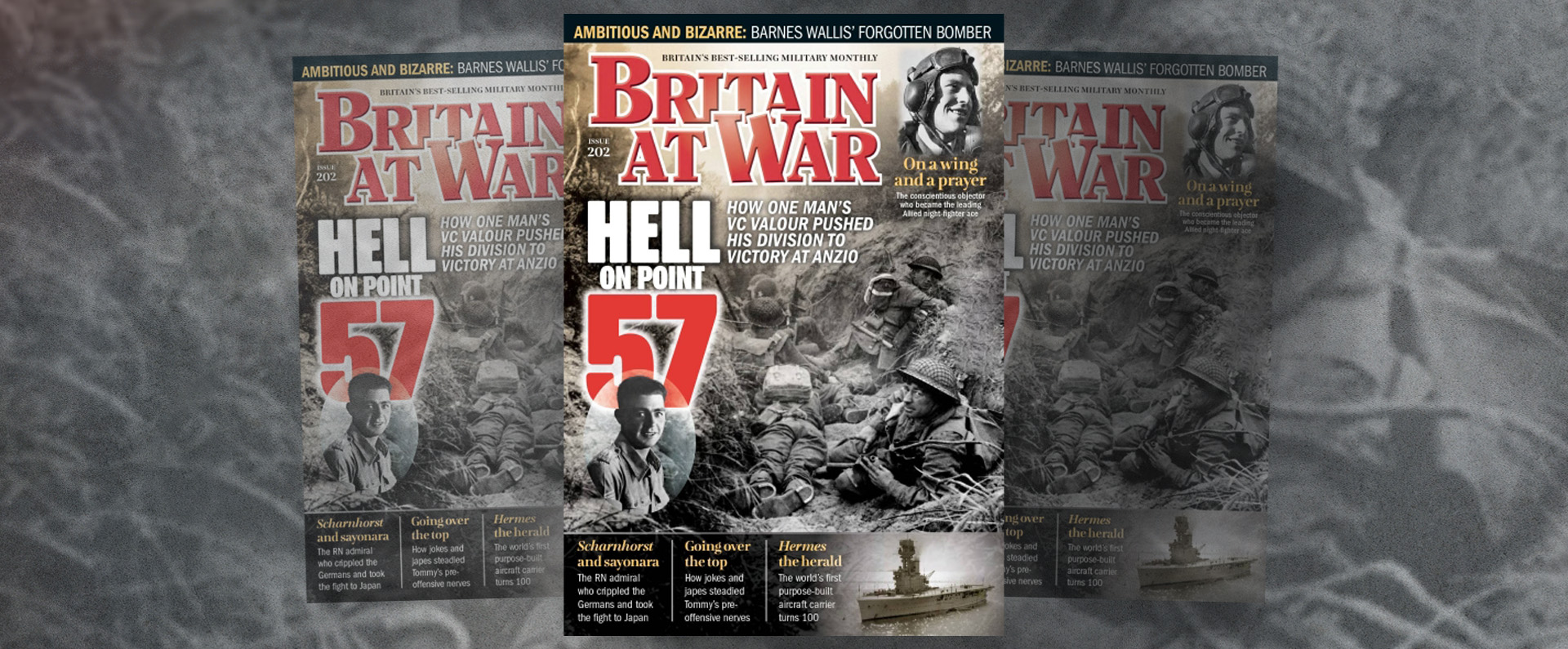
Published in Britain at War in May 2015.
Edward Boyle: Skill
Edward Courtney Boyle was born in Carlisle, Cumberland, on 23 March 1883 and was the son of a lieutenant-colonel, also called Edward, who served in the Army’s Pay Department. He was educated at Cheltenham College and, from May 1898, HMS Britannia where, as a cadet captain, he was a fine athlete, excelling on the rugby pitch.
It was early in his Royal Navy career that he was singled out for submarines and on 4 July 1910 Boyle joined the depot ship Thames for instruction as a sub-lieutenant. Within five months of his arrival, he was promoted to full lieutenant and given his first command, a Holland boat – an early type of submarine – aged only twenty-one.
Other commands followed and, after the outbreak of the Great War in August 1914 and by now a lieutenant-commander, Boyle was appointed in October to command the new E14, one of three submarines sent to the Dardanelles in March 1915.
On 14 April 1915, Boyle was part of a select group of naval officers gathered on board the battleship, Queen Elizabeth, to discuss whether it might be possible for a submarine to penetrate the mine-infested Narrows and to reach the Sea of Marmora. In his book, VCs of the First World War: The Naval VCs, Stephen Snelling described the Sea of Marmora as “a stretch of water regarded by the Turks as their own private lake”.
After an early failure by another submarine, E14 made her way past the Gallipoli beach-head in the early hours of 27 April. “I think really that we were all resigned for the worst and hoped for the best,” wrote Edward Stanley, the submarine’s first lieutenant. Boyle, who was calmness personified, stood alone on the open conning tower because he wanted to travel as far as possible on the surface. Only when the enemy shells starting dropping nearby did he take his submarine under the water.
Boyle took E14 to 90 feet and passed under one minefield before rising to 22 feet. Time and again, he passed beneath patrol boats that were hunting the submarine down. But eventually he reached the Sea of Marmora where Snelling wrote: “The cat and mouse game had begun.”
The first full day in the Marmora was a troubled one as the submarine was repeatedly forced to dive after attracting enemy fire. The next day went better after Boyle spotted four enemy destroyers at 12.30pm, then, just forty-five minutes later, two troopships with three escorting destroyers.
As soon as E14’s periscope popped up, the destroyers spotted her and came towards her, firing as they advanced. From a range of just under a mile, E14 fired at one of the transport ships, hitting its target.
Over the next few days, the cat and mouse game continued: twice on 30 April, E14 came under attack and was forced to make a swift dive. The next day, Boyle decided to sink a patrol boat because “they were always firing at me” and he achieved his task, sinking a small minelaying-gunboat Nour-el-Bahr. When a larger gunboat appeared on the scene, Boyle fired again, but the torpedo did not run straight and it missed its target.
On 10 May, E14 had its biggest breakthrough. The crew had been swimming when a destroyer was spotted and so everyone scrambled back on board and the submarine dived. The first destroyer passed overhead, followed by a second one and two transport ships.
Boyle lined up his targets: the first torpedo missed the first transport ship but the second torpedo hit the second transport ship, causing a huge explosion. The ship that had been hit, Guy Djemal, a former White Star liner, had a cargo of field guns and 6,000 troops bound for Gallipoli.
With the ninth of his ten torpedoes, Boyle had caused more damage than by a brigade of Allied troops on the peninsula and all Turkish ships realised they were no longer safe in the Sea of Marmora. On 17 May, E14 was ordered home, mission accomplished.
The voyage home saw more near misses after skirmishes with enemy ships but when E14 surfaced in safe waters, close to the crew of a cheering French battleship, her twenty-two-day patrol was over and her achievements were widely acclaimed. She was only the second British submarine to penetrate the Narrows and the first to make it safely back.
Within just twenty-four hours, news reached Boyle that he had been awarded the VC: the announcement being made formally in the London Gazette on 21 May 1915. The following year, Boyle was made a Knight of the Legion of Honour by the French and was awarded the Italian Order of St Maurice and St Lazarus.
Boyle, who was promoted to commander at the height of his fame, was loaned to the Australian Navy after the war before being given a number of commands. He retired on 19 October 1939, a day after being promoted to rear-admiral. After the outbreak of the Second World War, Boyle returned to the Active List before finally retiring in 1943.
In his retirement, he lived at the Sunningdale Hotel in Berkshire, where he was a keen member of the local golf club. As a widower and childless, he died at Heatherwood Hospital, Ascot, on 16 December 1967, after being knocked down by a lorry on a pedestrian crossing. Boyle was 84.
Boyle’s VC is on display at HMS Dolphin, Gosport, Hampshire, the headquarters of the 1st Submarine Squadron, after being donated by his family in 1988.
Download a PDF of the original Britain at War article
For more information, visit:
LordAshcroftOnBravery.com


